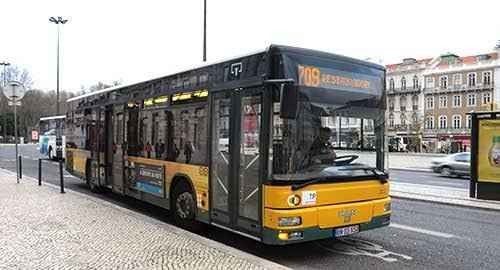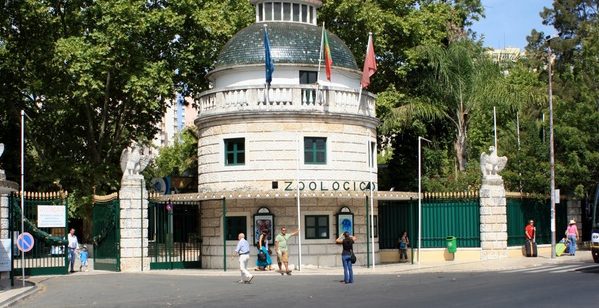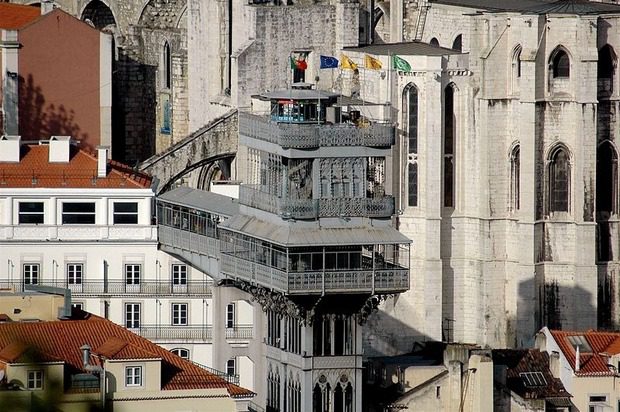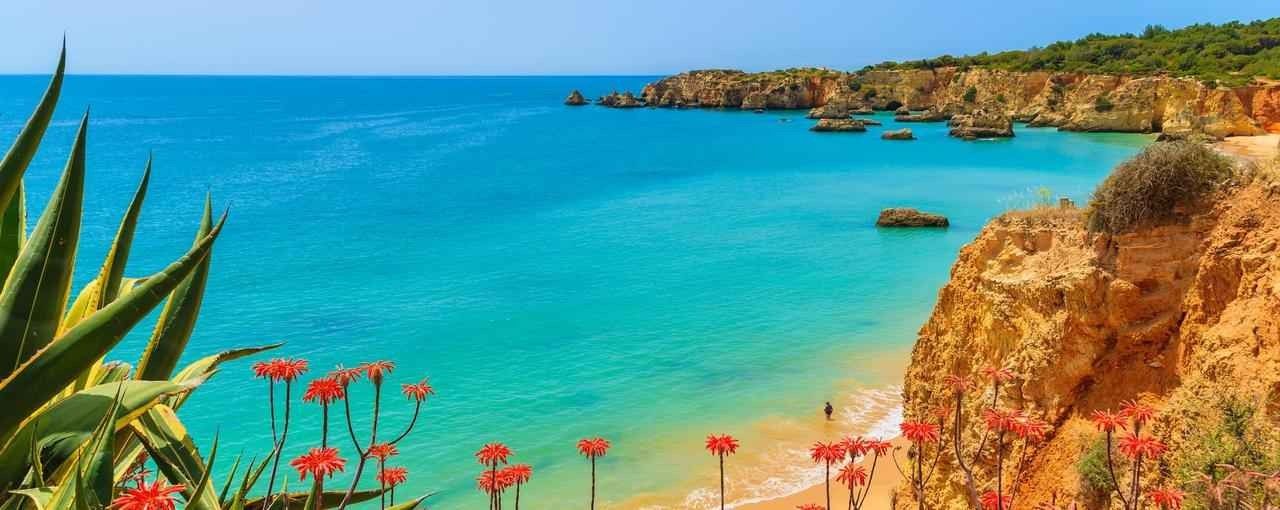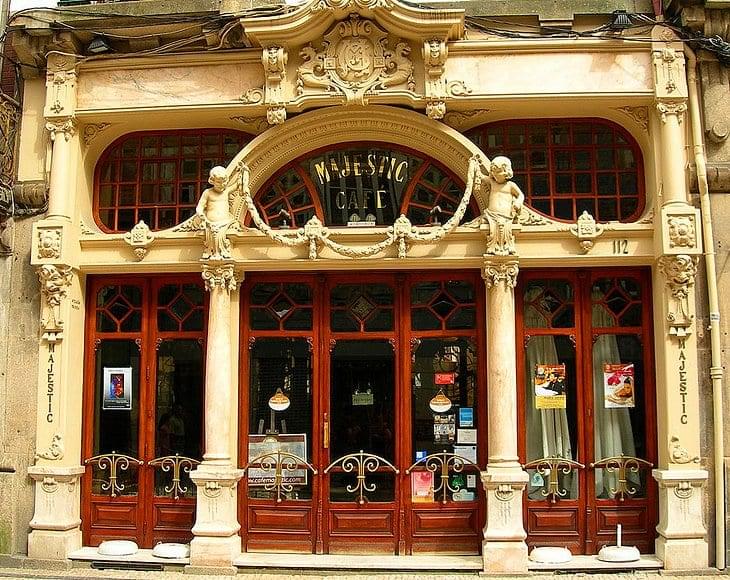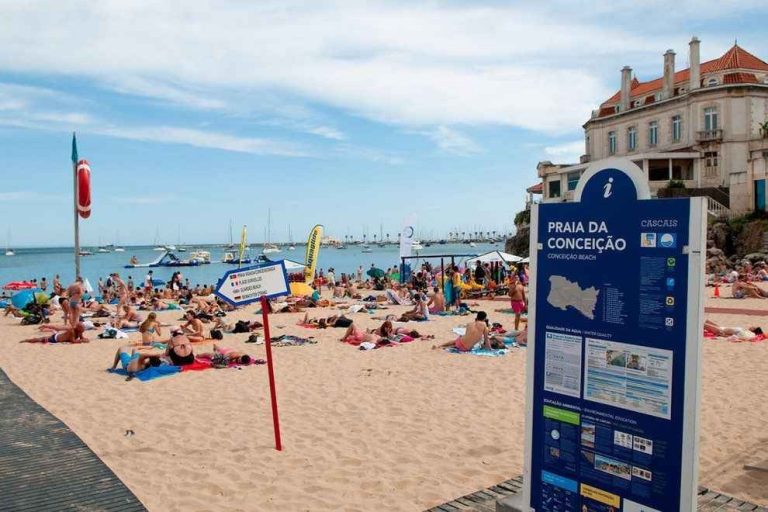Lisbon is the Portuguese capital and the largest city in the country, overlooking the Atlantic coast, and has a large population density as well as a huge tourist turnout, one of the most important and most prominent tourist destinations in the world. Its scenic landscapes provide its residents and pioneers due to this, an easy-to-use premium travel check, so that they can enjoy their daily life and their holidays. Lisbon’s transportation varies greatly to meet different needs.
Table of Contents
Here’s the most important transportation information in Lisbon
Tram
The tram is one of the most important means of transportation in Lisbon, as it allows you to easily move around the city, as it is one of the most important sources of tourist attractions in it. The Portuguese capital has five different tramways, with fifty-eight trams; forty of them are antique. It is considered one of the most important symbols of Lisbon, so tourists flock to it frequently, do not forget to take your camera to take a number of distinctive and memorable pictures. It is recommended to use two distinct lines among the five lines, namely: Nostalgic Tram N28 and Tram N15 Nostalgic Tram N28 has a charming design It is made of wood, and you feel inside it, as if you were in another historical era. Its driver is constantly ringing to alert unsuspecting viewers, especially, when walking through the city’s long and narrow streets. It links San Jorge Castle, and Bairro Alto Mara with a number of picturesque neighborhoods that extend for ten kilometers. Including; B Grassa, Moraya, Alfama, Baixa, Chiado, Madragua, Bairro Alto and Aero Alto. The Nostalgic tram takes thousands of tourists daily. For the N15 tram it is the most used tram in Lisbon as it connects the city center and Belem. It does not have a distinctive panoramic look like its predecessor but rather, it is modern, and you always find it crowded with people, mostly tourists. If you decide to ride this tram, be attentive about your luggage and personal belongings given the presence of pickpockets. Tram N15 leaves from Cas de Sudre Station, an exchange station near the Trade Square.
Bus
Buses are an essential means of transport around the city due to the presence of a limited tunnel system, especially if you are planning a trip around the outskirts of Lisbon. There is a fleet of six hundred buses that travel through a hundred and forty-six roads, and there are a certain number of buses that tourists prefer while they are traveling during that city the witch.
Aerobús
A shuttle service connects the city center to Lisbon Airport; it is the fastest and most frequented airport, among other buses. The fastest bus travels from the Trade Square, and there is another that departs from the financial center. The cost of a one-way ticket costs € 4 for adults and two for children from the age of four to ten, for the return and return ticket, it costs 5.40 euros for adults and three euros for children.
Buses are 208, 705, 708, 722, 731, 744, 750 and 783 Buses nº 208, 705, 708, 722, 731, 744, 750 and 783
These bus lines also take you from the airport to the city center and vice versa, but they stop constantly which takes a faster time to reach its final destination.
Buses are 26B, 400, 708 and 728 Buses nº 26B, 400, 708 and 728
All of these buses link the city center to the Nations Park, and stop at most important railway stations such as the East Station. You can use this bus to reach a number of modern metropolitan areas, if you do not want to use the subway.
Bus 201, 714, 727, 728, 729 and 751 Buses nº 201, 714, 727, 728, 729 and 751
These buses take you to Belém if you do not want to use the tram or boat, but if you want to arrive faster the tram and boat are better for you. Not all buses in Lisbon follow the same work schedule, each line has its own hours of operation but nevertheless; Most lines run from six in the morning until nine in the evening, unlike some buses that run until midnight. There is a network of night buses called; The dawn network includes lines 201 and 210 that operate when the rest of the buses stop working during the late hours, until the start of the next day.
Funiculars Hanging Railway
A suspended railway or itinerary train is another of the most enjoyable means of transportation in Barcelona known there as; the elevator and passenger transport through sloping and inclined streets that cannot be walked. The capital has three suspended trains; the Lavra elevator, the glory elevator and the Becca elevator, all designed by the Portuguese engineer Raul Meissner de Punzard. The price of the ticket on the train is € 2.90, and if you have a Fava Travel Card or a 7 Collins Card, the price is 1.45.
Elevador do Lavra
The Lavra lift lifted off in 1884 and is considered the oldest in Portugal, connecting the two streets of the Pestana Chamber and Largo da Anunciada, and runs perpendicular to the Avenida da Liberdade.
Glory elevator
The glory elevator is the most popular of the three trains, and connects the restoration yard to the Prima San Pedro de Alcántara in Bairro Alto. This elevator opened in October 1885, and from here you can enjoy a stunning view of Barcelona from the point of San Pedro de Alcántara.
Elevador da Bica
The Becca Elevator runs through the Becca de Durat Baylo Road to reach Bairro Alto, thus connecting the San Paolo Road to the Combo Bridge. It opened in 1892, seven years after the elevator of Glory, and is considered the second most famous train in Portugal.
The Santa Justa Lift
Transportation in Barcelona has a huge diversity, including the Santa Justa elevator, which is an outdoor elevator that transports the city’s residents and its pioneers very quickly from the Baixa neighborhood to Bairro Alto. It was included in the public transport system in Barcelona in 1902, and it was admired by a large number of citizens that He sold three thousand tickets during his first business day. It was a relief to the inhabitants of the capital, because of the difficulty of transporting the lower and upper part of it. It is considered one of the most attractive destinations for tourists in Barcelona, reaching a length of forty-five meters, and the design carries the same design as the Eiffel Tower. The design was not coincidental, it was designed by the architect Raoul Meissner de Punzard, who is known for his great admiration and obsession with the designs of the Eiffel Tower and the hanging railways of France. The elevator has a view and a view above to enjoy the view of Baixa, and since it opened it has become an important destination that must be visited when traveling to Barcelona.
Subway
One of the last means of transportation in Barcelona is one of the most beautiful and prominent underground trains in Europe. It is the fastest way to travel around the capital especially if you are traveling long distances, it is famous for being the cleanest subway on the continent. The first section of the subway was opened in Barcelona in 1959 and after it nationalized its manufacturer it was expanded to include larger areas. Today it includes fifty-six stations with four lines; blue or so-called water merging connects between; Amadora East and Baixa Chiado. The so-called eastern connects between São Sebastiao and the airport. It operates from six thirty in the morning until one in the morning, but note that some stations are closed before that. If you have a Fava Travel Card, up to 1.45 €, there is also a one-day unlimited ticket for 6.30 €.

